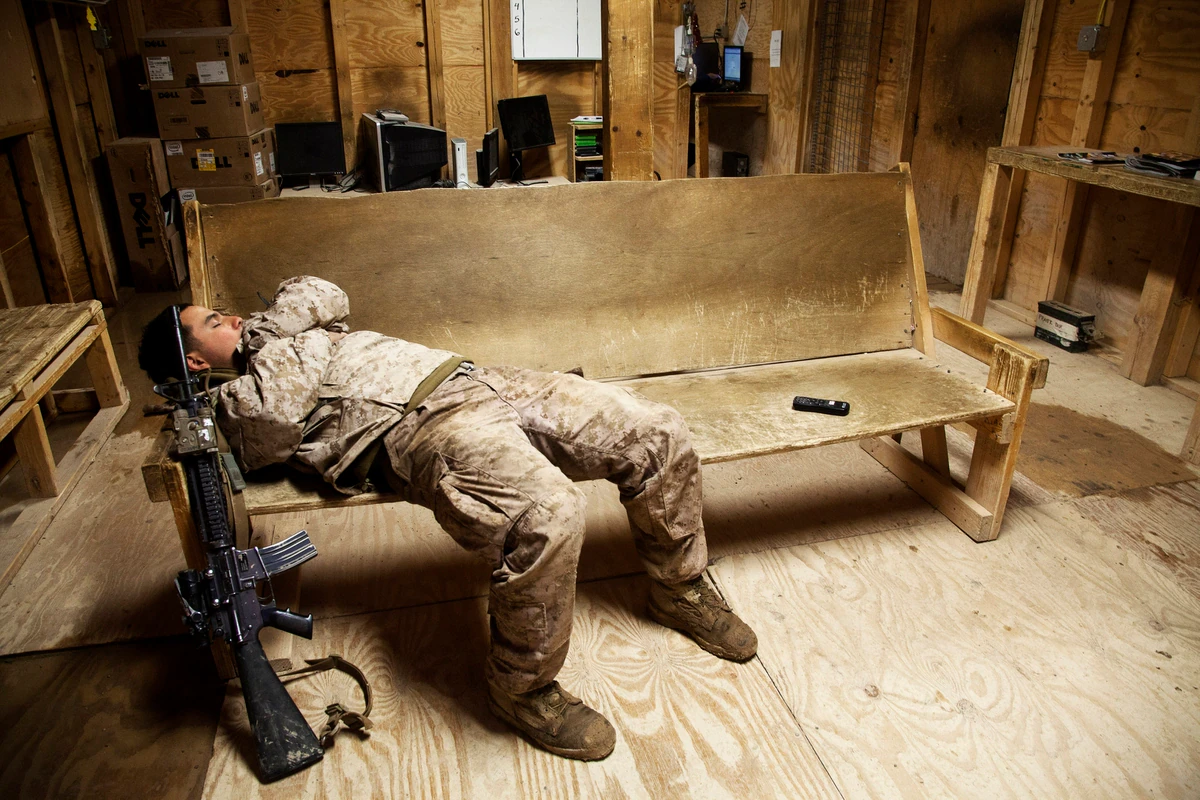When you add up the cost of Defense and State Department funds sunk into Operations Enduring Freedom and Resolute Support, then throw in the cost of caring for the conflicts’ veterans and the interest on the money borrowed to cover it all, you’re looking at over $2 trillion, according to a report released Friday.
The Costs of War Project detailed its most recent estimates, finding that most of the money came out of $933 billion in DoD overseas contingency funding. The rest includes: $443 billion in DoD base budget increases to support the war; $296 billion to care for veterans; $59 billion in State overseas contingency funds; and $530 to cover the interest on the money borrowed to fund 20 years of deployments.
Those funds do not, however, include the amount the United States government is obligated to spend on lifetime care for American veterans of this war, nor does it include future interest payments on money borrowed to fund the war.
“The DoD spending, at over $900 billion in Afghanistan, is the tip of the iceberg,” Neta Crawford, the project’s lead researcher, said in the release. “The costs of the Afghanistan war include its escalation into Pakistan, millions of refugees and displaced persons, the toll in lives of combatants and non-combatants, and the need to care for America’s veterans.”
President Joe Biden announced on Wednesday that the U.S. would begin drawing down its remaining 2,500 troops from Afghanistan on May 1, with a Sept. 11 deadline for full withdrawal.
The Costs of War Project also estimates that 241,000 people have died because of the war in Afghanistan, which includes more than 2,400 American service members and least 71,344 civilians; 78,314 Afghan military and police; and 84,191 opposition fighters. These figures do not include deaths caused by disease, loss of access to food, water, infrastructure, and/or other indirect consequences of the war.
The data is compiled from DoD reporting and budgeting documents starting in 2001.
“We report these estimates so that the American people will have a better understanding of the scale of the effort and its consequences,” she added. “The American people also lost some transparency here. A more comprehensive accounting is yet to be completed. It would include not just money that may or may not have been well spent, but the count of those wounded, those who lost limbs, and the tremendous psychological toll of decades of war on combatants and noncombatants and their families.”
 Eurasia Press & News
Eurasia Press & News




